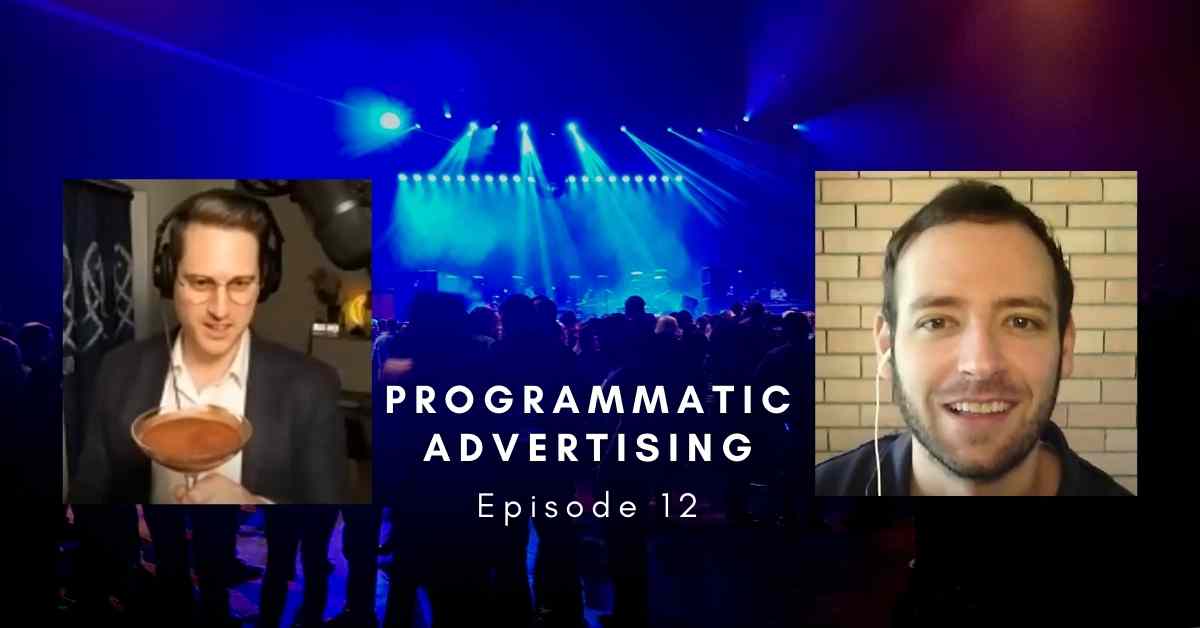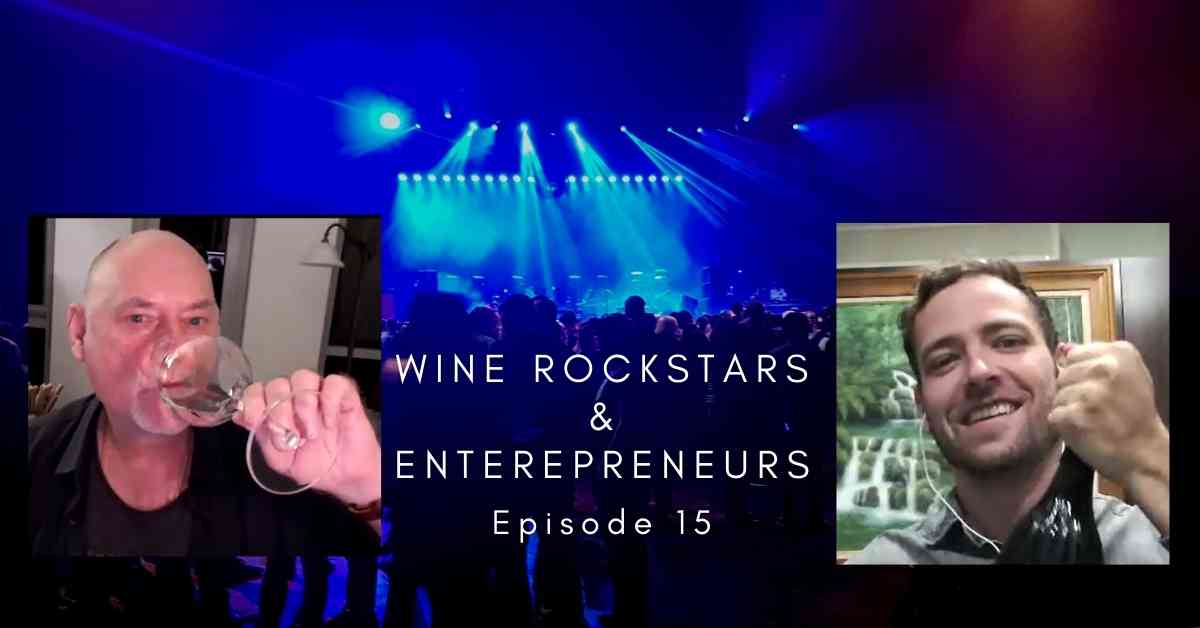
The Champagne Strategy Podcast – Episode 12 – Keaton Hulme Jones
5628 Views
Evergreen content remains relevant and useful long after the initial date of publication. It provides a service or solves a continually recurring problem for a whole new audience. It also comes with a unique promotional challenge; how do you draw attention to your content without looking like spambot? It’s difficult enough to promote timely or ephemeral content; evergreen material pushes the envelope of the consumer’s patience for hearing about the same product time and again. Your goal is to convert the consumer, not drive them off.
In spite of the name, evergreen content wilts. Revisit your material periodically and keep it up to date with the latest advances in technology or social progress. Technology pieces are especially prone to rapidly becoming outdated. Social issues fade in relevance and popularity. Your consumer’s circumstances and education change regularly.
Make sure the content is valuable for itself, not just as a springboard to generate leads. Solve a problem in detail for the consumer and establish yourself as a subject matter expert. Condition your consumer to rely on your advice or instruction in small matters so that conversion is a natural next step.
Remember to make it shareable. Consumer references remain the single most powerful and valuable aspect of content promotion. Don’t just allow your consumers to re-post, share, and link to your material. Make it easy for them to do so.
Your evergreen content establishes you as an expert in your field. Adding a small price tag to your material makes a consumer hesitate before committing to your content. When they do commit, they’re actively invested in the product and desire it to be of good quality. Loss aversion conditioning causes the consumer to artificially increase the value of your content and desire to share it. Remember that money isn’t the only form of wealth; there is an opportunity here to trade content for qualified leads drawn from your consumer’s address book.
Once you take the approach that your content is a commodity to be consumed, you can promote the product for itself instead of as a lead generator. Consumable product marketing has conditioned consumers to expect a variety of advertisements centered around a single product. Products that do not need to be replaced as they are consumed generate an expectation of escalation. The consumer looks for the next evolution of the product. This is your chance to chain market your content and organically generate leads.

